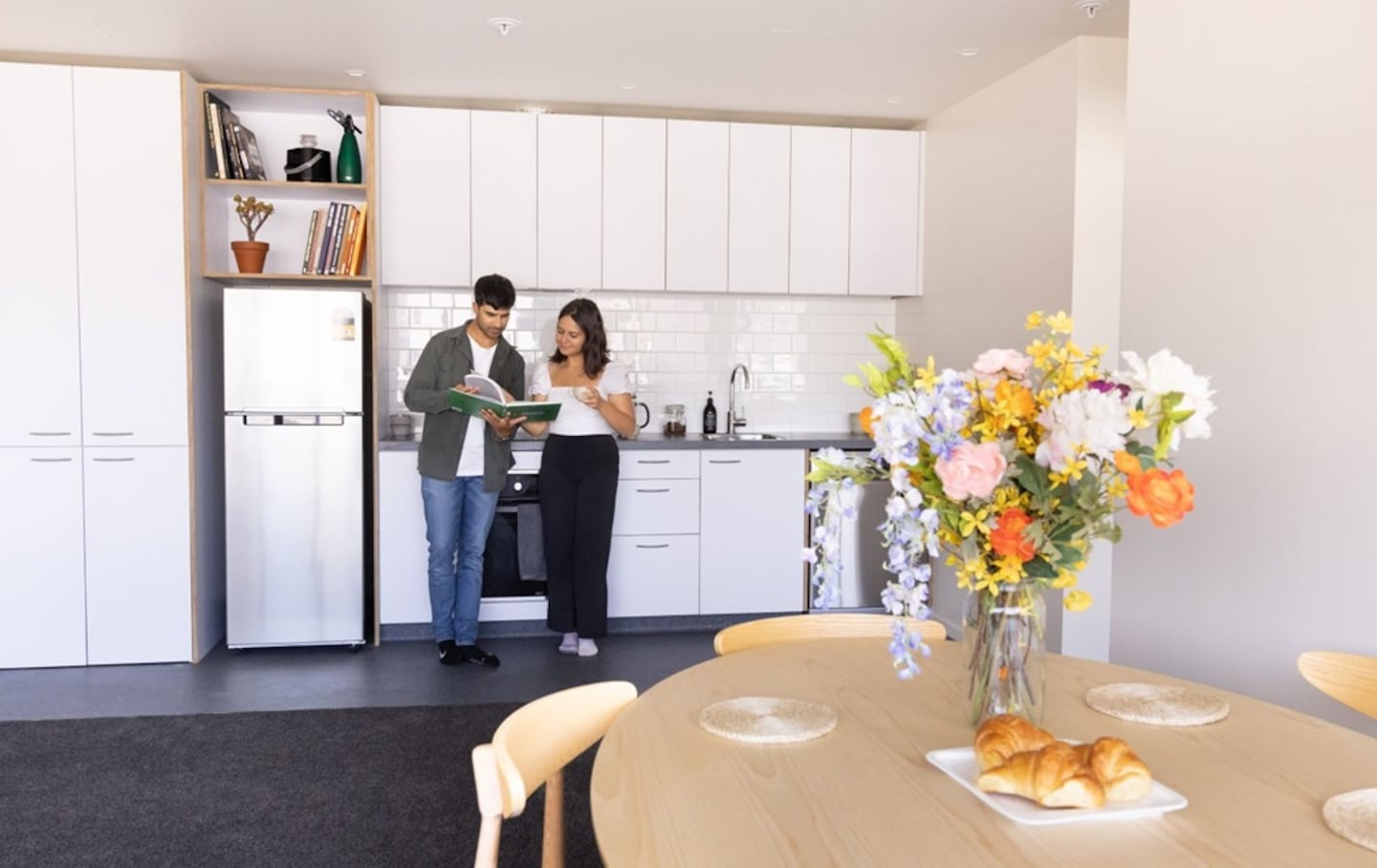Wellington City Council is to add 183 more affordable rental flats to its housing programme Te Kāinga in two new buildings over the next year.
This brings the total number of units to 473 in the programme, close to half the council’s 1000-unit target in 2026.
Te Kāinga is a partnership between the council and private building owners, which re-purposes underutilised commercial buildings. The programme provides affordable long-term and family-friendly rental apartments.
“Everyone deserves a warm, dry, safe place to call home. It is people that give Pōneke its character, and that’s why, ultimately, it’s important to me to make sure Wellington is a place where everyone can afford to live,” Te Whanganui-a-Tara mayor Tory Whanau said.
Whānau said for the city to thrive the council needed to make the rental sector accessible for young people and those on lower incomes so people weren’t pushed out of the city. She said the district plan would also expand the potential for more housing in Wellington.
“This positive council intervention in increasing the supply of rental housing means more people will be able to live closer to where infrastructure, jobs and communities already exist,” she said.
The two new buildings are under contract and are expected to be complete by the end of 2025. The first building on The Terrace will include 103 apartments comprising 29 studios, 62 one-bedroom apartments and 12 two-bedroom apartments over 13 levels. This was a response to feedback from prospective tenants who said they wanted affordable studios and one-bedroom units.
The second building is also in the city centre and will include 80 apartments, comprising eight studios, 61 one-bedroom apartments, eight two-bedroom apartments and three three-bedroom apartments.
The buildings will be seismically strengthened and provide bicycle parking
A quarter of apartments will achieve Lifemark 4 certification meaning 14 percent of the total portfolio will have either accessible or universal design.
The building owners are responsible for construction and maintenance of the apartments and the council is responsible for tenancy management. The council balances the rent it charges tenants with the cost to lease the buildings.



